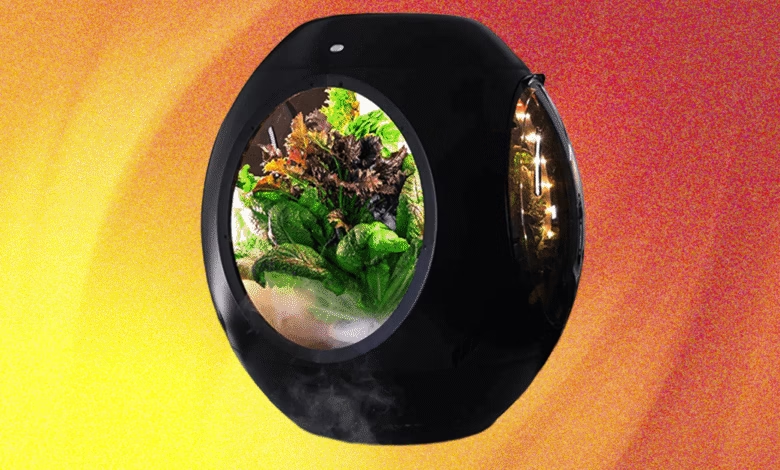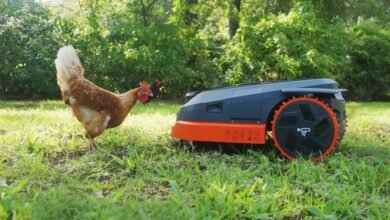Plantaform Smart Indoor Garden Review: Pros and Cons

▼ Summary
– The author noticed air purifiers running at high speed, indicating poor air quality, which correlated with the operation of a hydroponic lettuce system.
– Air quality monitors showed elevated PM 2.5 levels when the Plantaform’s grow lights were on, suggesting a link between the system and air pollution.
– Plantaform’s fogponics system, marketed as using NASA technology, was suspected of affecting indoor air quality, possibly due to moisture or unfiltered water.
– The author discovered the hydroponic system’s fertilizer contained ingredients like soluble potash and boron, which can be harmful if inhaled.
– Research revealed health risks like hypersensitivity pneumonitis linked to indoor hydroponic systems, and Plantaform confirmed their device lacks a built-in water filter.
Growing fresh produce indoors with hydroponic systems has gained popularity, but potential air quality impacts deserve attention. During my experience testing the Plantaform Smart Indoor Garden, unexpected changes in my home’s air quality raised important questions about fogponic technology.
My air purifiers began working overtime shortly after setting up the system. Initially dismissing it as sensor sensitivity, I cross-checked with multiple monitors and noticed a direct correlation, PM 2.5 levels spiked when the grow lights were active and dropped overnight. Plantaform utilizes a fogponics system, which CEO Alberto Aguilar has promoted as NASA-inspired technology. While innovative, the fine mist generated to nourish plants may carry unintended consequences.
The company suggested humidity or monitor proximity could explain the readings, but my data showed stable moisture levels. Further investigation revealed another concern, the powdered nutrients mixed into the water tank contained soluble potash, boron, and iron, compounds with known inhalation risks. Plantaform’s own label warns users to seek medical attention if exposed, raising valid safety questions for enclosed living spaces.
Health implications became harder to ignore. Research links long-term exposure to hydroponic systems with respiratory conditions like hypersensitivity pneumonitis, sometimes called “farmer’s lung.” A study involving a teenager who developed this condition traced it to fungal microorganisms in an unfiltered hydroponic setup. Plantaform confirmed their system lacks a water filter, meaning tap water impurities or nutrient residues could aerosolize into the air.
For urban gardeners, the convenience of indoor growing comes with trade-offs. While my lettuce thrived, balancing plant health and air quality required constant adjustments, open windows, relocated purifiers, and cautious nutrient handling. Consumers should weigh these factors before introducing fogponic systems into tightly sealed homes, especially those with children or respiratory sensitivities. Without proper filtration or ventilation, the pursuit of fresh greens might inadvertently compromise indoor air safety.
The experience underscored an often-overlooked aspect of smart gardening: technology designed to simplify plant care must also prioritize user well-being. Until manufacturers address these concerns, thorough research and precautionary measures remain essential for anyone venturing into high-tech indoor agriculture.
(Source: Wired)

